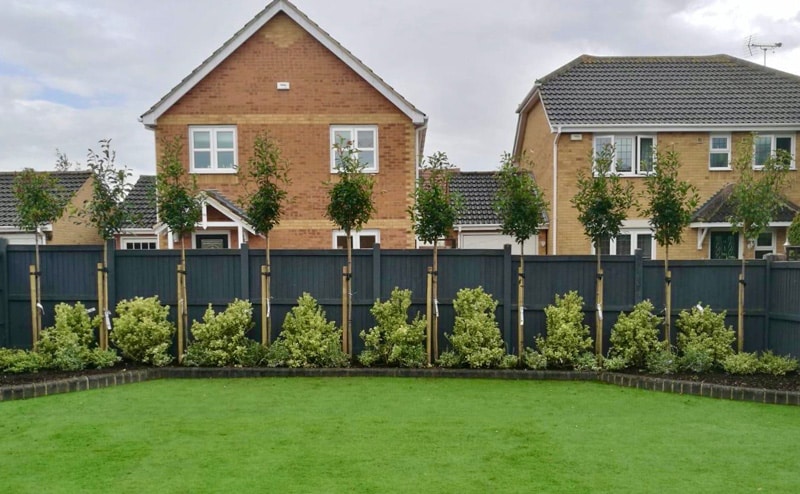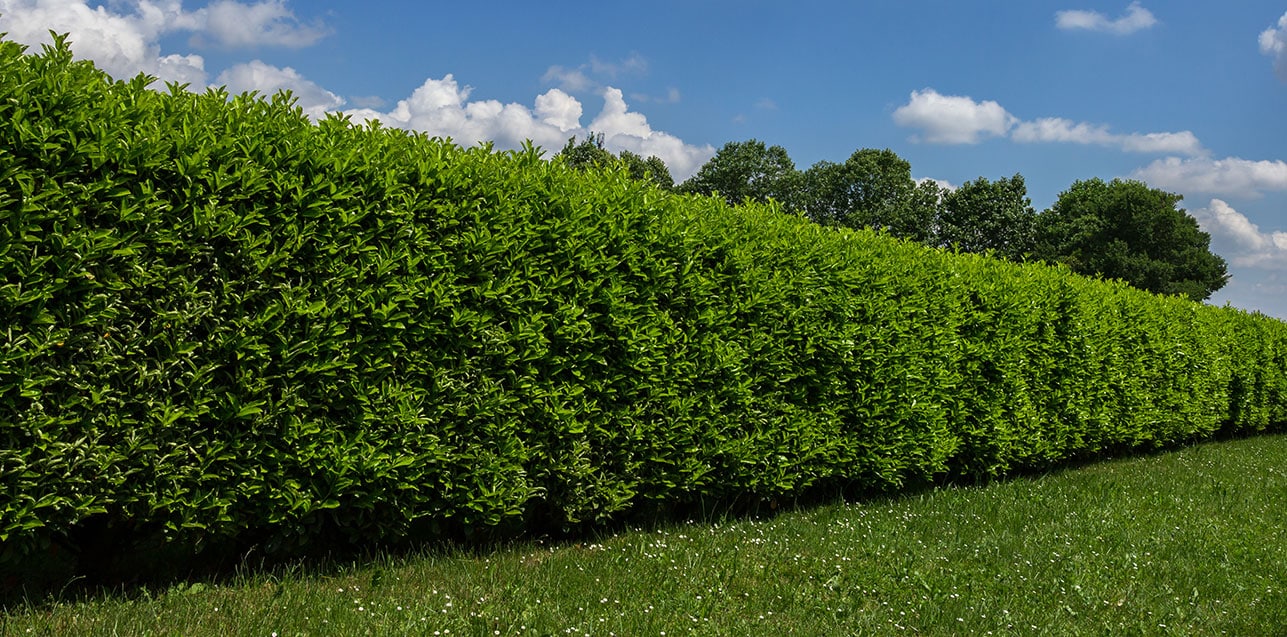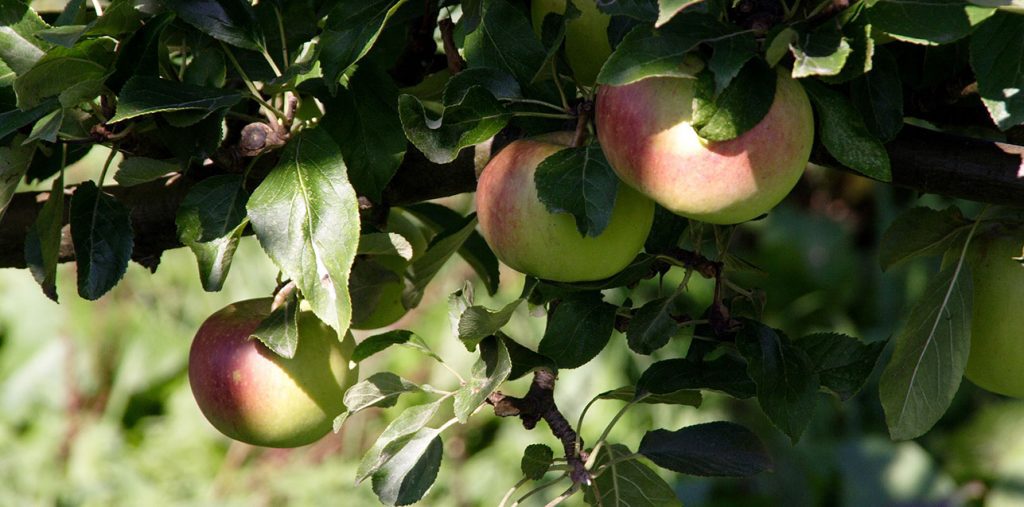Over the past two decades, we’ve seen some of the wettest years on record. In 2013, 2015, and 2023, heavy rainfall disrupted many outdoor projects. One major issue we’ve noticed is how wet weather affects soil conditions with many customers asking us if they can plant in compacted soil.
The short answer is no. Compacted soil reduces air pockets, slows drainage, and blocks nutrients. These conditions make it hard for tree roots to grow. However, there are ways to improve compacted soil and make it suitable for planting.
What Happens to Soil After Wet Weather?
Prolonged rainfall can lead to waterlogged ground, especially in areas with heavy clay. Once this soil dries, it often becomes hard and compacted. To plant successfully in these conditions, you need to loosen the soil and add organic matter. Here’s how.
Improving Soil Before Planting
1. Break up the subsoil. If the soil isn’t too bad you can break up the clay subsoil and mix in organic matter like multi-purpose compost or well rotted animal manure. Loosening the subsoil improves aeration and drainage while organic matter will help to improve the soil structure and increase nutrient content!
2. Completely replace the existing soil. If the existing soil is extremely poor you could completely replace the existing soil and fill the hole with a mix of good quality topsoil, multipurpose compost and well-rotted manure. This is more drastic but it is a necessary step.
Adding 2–3 inches of pea shingle to the bottom of the hole would further improve drainage as it would allow water to flow through better.
Caring for Trees Already Planted in Compacted Soil
If you’ve already planted trees in clay soil with minimal preparation and are noticing signs of compaction after wet weather, don’t worry, there are steps you can take to improve conditions:
1. Aerate the soil around the base. Use a garden fork to gently create holes around the base of the tree. Ease the fork back and forth to open up the soil and create space for air and water.
2. Fill holes to keep them open. Apply a liquid feed into the holes. Then fill them with sharp sand or compost. This keeps the holes open so that air and nutrients can access the roots.
3. Mulch the surface. Sprinkle a granular feed on the surface. Then apply mulch to retain moisture and block weeds. Don’t pile mulch directly against the trunk.
Once you have improved the soil structure it is also important that you water your trees regularly. Regular irrigation over the growing season will help to keep the soil moist. Young trees need consistent moisture because their roots struggle to absorb water and nutrients from the soil. When the soil stays moist, the roots spread and strengthen to support healthy growth. Want more tips? Check out this article!
So, can you plant in compacted soil? It is not advisable without preparation. But by loosening the soil, improving drainage, and caring for the tree afterward, you can succeed. If you’re unsure where to start, contact our sales team. We’re happy to offer advice on planting in difficult soil conditions.
Read More:
Planting Trees in Summer: Can you do it?
Trees for Natural Summer Screening: Our favourite candidates for privacy and shade!
How to plant a tree grown in a container – a professional guide!





